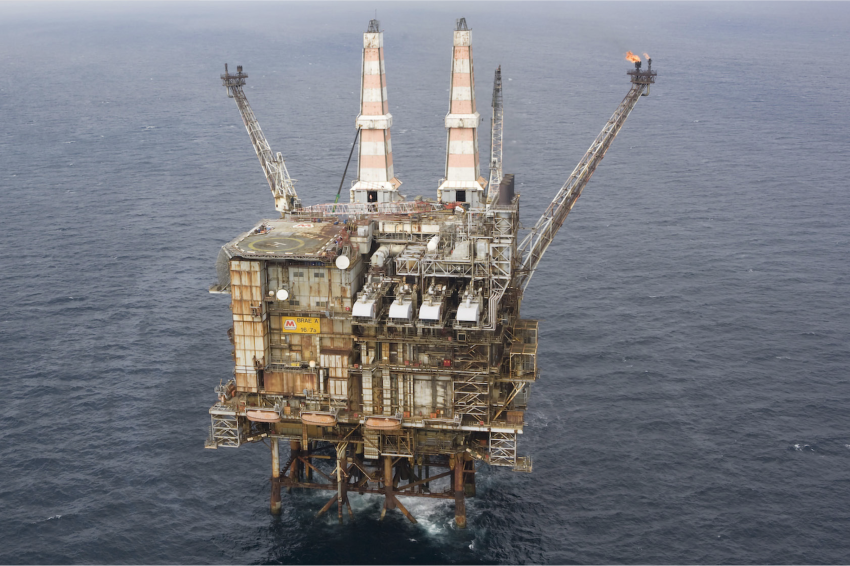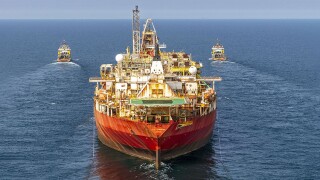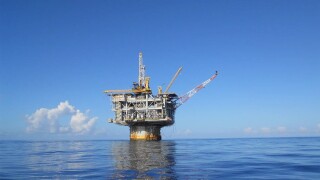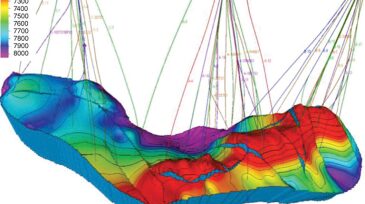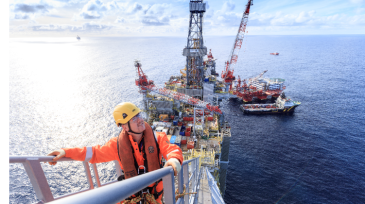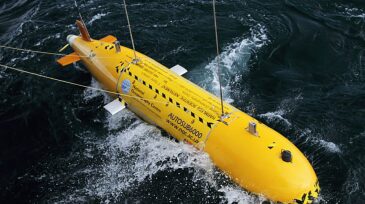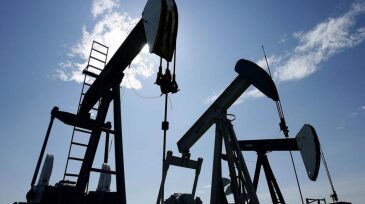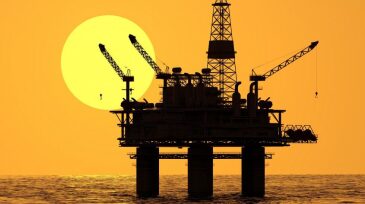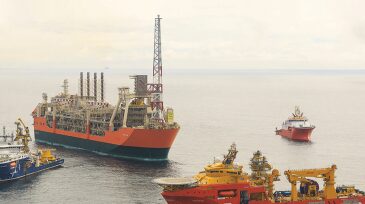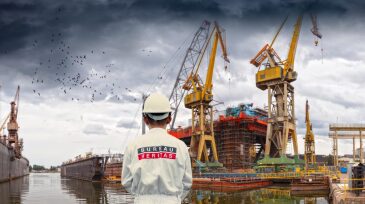Decommissioning
Marine contractor also approves the construction of a new heavy-transport ship.
Shell became the first international company to operate producing fields offshore Brazil and the first to navigate the country’s complex and detailed decommissioning permitting process, which involved extensive environmental assessments, regulatory approvals, and coordinated stakeholder engagement.
ExxonMobil moves forward with the decommissioning of a 25-year-old deepwater US Gulf development.
-
The next big wave of decommissioning and abandonment projects is set to occur in the Asia-Pacific region, and APAC’s operators are now tasked with finding cost- and time-effective ways of unwinding their huge agglomeration of wells and facilities.
-
This paper discusses studies conducted on two California offshore fields that may be abandoned in the near future. These studies examined the feasibility of repurposing these fields for offshore gas storage by using their reservoir voidage and existing pipeline facilities.
-
The outlook in the UK is a case study of the squeeze facing E&P in other basins where operators are trying to pay to sustain production with discoveries, while plugging and abandoning old wells, all paid for by the lean cash flow due to low oil prices.
-
Scientists at the National Oceanographic Centre have released a review of how marine robotic capabilities can support the environmental monitoring needed for decommissioning oil and gas installations.
-
When energy companies go bankrupt, the cleanup of their old oil and gas wells must take priority over paying off creditors, the Supreme Court of Canada ruled on 31 January.
-
An influx of new investment and operational efficiencies borne out of the oil price downturn have led to a drop in projected decommissioning costs. Decommissioning multiple wells in one campaign helped some operators achieve time savings of 33% per well.
-
A new survey of international experts has seen a swing of opinion away from mandatory removal of obsolete offshore infrastructure, reflecting an acknowledgment that offshore structures often develop into artificial reefs and form a part of the ecosystem around them.
-
A recent spike in production has engendered a cautiously optimistic outlook for the UKCS, but will it do anything to stave off the overall decline of the mature basin?
-
When a new horizontal well in Asia was incapable of unassisted flow, coiled tubing (CT) was selected for the perforation and stimulation intervention. Mechanical isolation was required to ensure that the stimulation fluids entered only the new zones.
-
Bureau Veritas made available its guide to decommissioning regulations in the UK Continental Shelf.

